Why thousands are ditching cars for E-Bikes and scooters in America’s largest cities.
In the ever-evolving landscape of urban transportation in the United States, a silent revolution is unfolding—not on four wheels, but on two.
The rise of micro-mobility solutions such as e-bikes and electric scooters is not merely a passing trend; it’s a seismic shift that’s reshaping how city dwellers move, commute, and spend.
From traffic congestion to car ownership, the ripple effects are profound—and automakers are beginning to feel the impact in a measurable way.
E-Bikes and Scooters: The Urban Disruptors Redefining Mobility
As of early 2025, over 38 million Americans have used an e-bike or scooter within the last 12 months, according to the National Association of City Transportation Officials (NACTO). Driven by factors such as rising urban populations, growing environmental awareness, and the convenience of app-based rentals, micro-mobility is quickly becoming a staple of city life.
Tech-forward cities like San Francisco, New York, Austin, and Seattle have seen year-over-year increases in e-bike and scooter adoption by more than 22%, as reported in the Urban Transportation Innovation Index 2025. Local governments are now integrating micro-mobility into transportation planning, investing in dedicated lanes and updated infrastructure standards.
How Urban Car Sales Are Feeling the Pressure
In dense metropolitan areas, car ownership is starting to decline. Data from Kelley Blue Book and J.D. Power indicates a 6.3% decrease in new car sales in major U.S. cities during Q1 of 2025, with manufacturers citing reduced demand from urban consumers as a key factor. More notably, compact and subcompact car segments—long favored by city dwellers—are the most affected.
Consumers are re-evaluating the ROI of owning a vehicle that often sits idle due to limited parking, traffic congestion, and high insurance premiums. A 2025 Mobility Consumer Survey by Deloitte revealed that 1 in 4 urban millennials who previously owned a car now rely exclusively on e-bikes, scooters, or public transit for daily mobility.
Comparing Costs: E-Bike vs. Car Ownership
One of the most compelling reasons for the micro-mobility shift is cost. The average annual cost of owning a car in the U.S. now exceeds $10,800, factoring in financing, insurance, fuel, maintenance, registration, and depreciation (AAA, 2025).
By contrast, high-performance e-bikes like the Specialized Turbo Vado SL start at around $3,800, while popular commuter models like the Rad Power Bikes RadCity 5 Plus range from $1,999 to $2,199. Maintenance is minimal, and charging costs are negligible. Electric scooters such as the Segway Ninebot MAX G2 cost approximately $999, offering a practical alternative for short-range travel.
Who’s Leading the Charge in Micro-Mobility Manufacturing?
Brands like VanMoof, Aventon, and Ride1Up are setting benchmarks for design, battery efficiency, and smart features. Many of these e-bikes now include GPS tracking, anti-theft systems, regenerative braking, and integrated lighting—all features once exclusive to cars. The recent entry of automotive giants like Porsche and GM into the e-bike market further legitimizes this growing sector.
In the scooter realm, companies like Bird and Lime are diversifying their fleets with higher-end models and subscription services aimed at daily commuters, while Unagi’s Model One Voyager—priced at $1,490—targets the premium buyer with aesthetics and performance to match.
Urban Policy and Infrastructure Accelerating the Shift
City governments are playing a pivotal role in accelerating the micro-mobility boom. As of 2025, more than 100 U.S. cities have implemented dedicated micromobility lanes, with federal grants backing initiatives under the Green Mobility and Clean Cities Act. Cities such as Denver, Los Angeles, and Minneapolis offer rebates up to $1,500 on electric bikes for qualifying residents.
These incentives, paired with real-time app integrations, create a seamless experience that rivals private car usage in convenience—especially for trips under five miles, which comprise 60% of all urban travel, according to the U.S. Department of Energy.
What This Means for Automakers and Dealerships
The impact on the automotive industry is clear: adapt or risk obsolescence in urban markets. Some manufacturers are embracing the challenge, with Ford continuing to develop its Spin micro-mobility division, and BMW investing heavily in electric two-wheelers under its Urban Mobility program.
Dealerships in cities are pivoting to offer e-bikes as part of vehicle packages or standalone sales, attempting to stay relevant in a shifting retail ecosystem. Forward-thinking service providers are also offering bundled insurance and financing tailored to micro-mobility users, recognizing the long-term growth potential.
Recommended E-Bikes for Beginners and First-Time Buyers
For those considering switching from car to e-bike, choosing the right model can feel overwhelming—especially with hundreds of options now on the market. The best e-bike for beginners strikes a balance between ease of use, comfort, performance, and value. Below are some of the most recommended models in 2025 for new riders:
1. Rad Power Bikes RadExpand 5
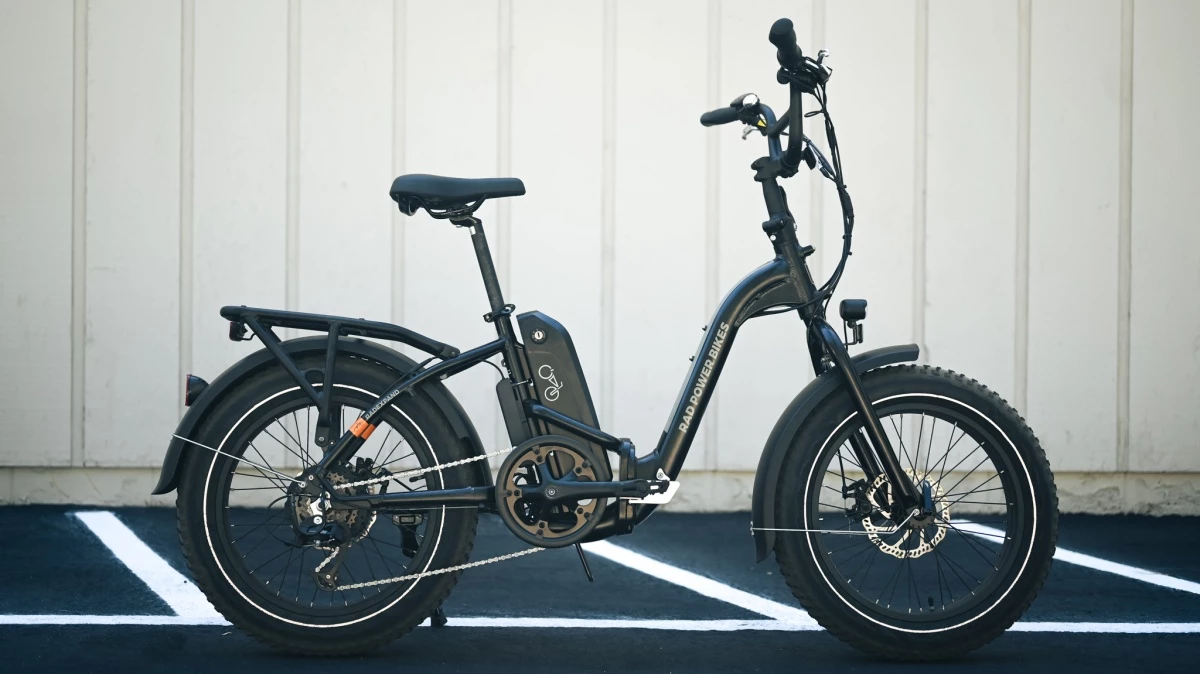
Price: $1,699
Why it’s great: This foldable, step-thru e-bike is ideal for urban dwellers with limited storage space. It offers a smooth ride, front suspension for city potholes, and a 750W motor that handles hills with ease. With fat tires and adjustable handlebars, it’s extremely beginner-friendly.
2. Aventon Pace 500.3
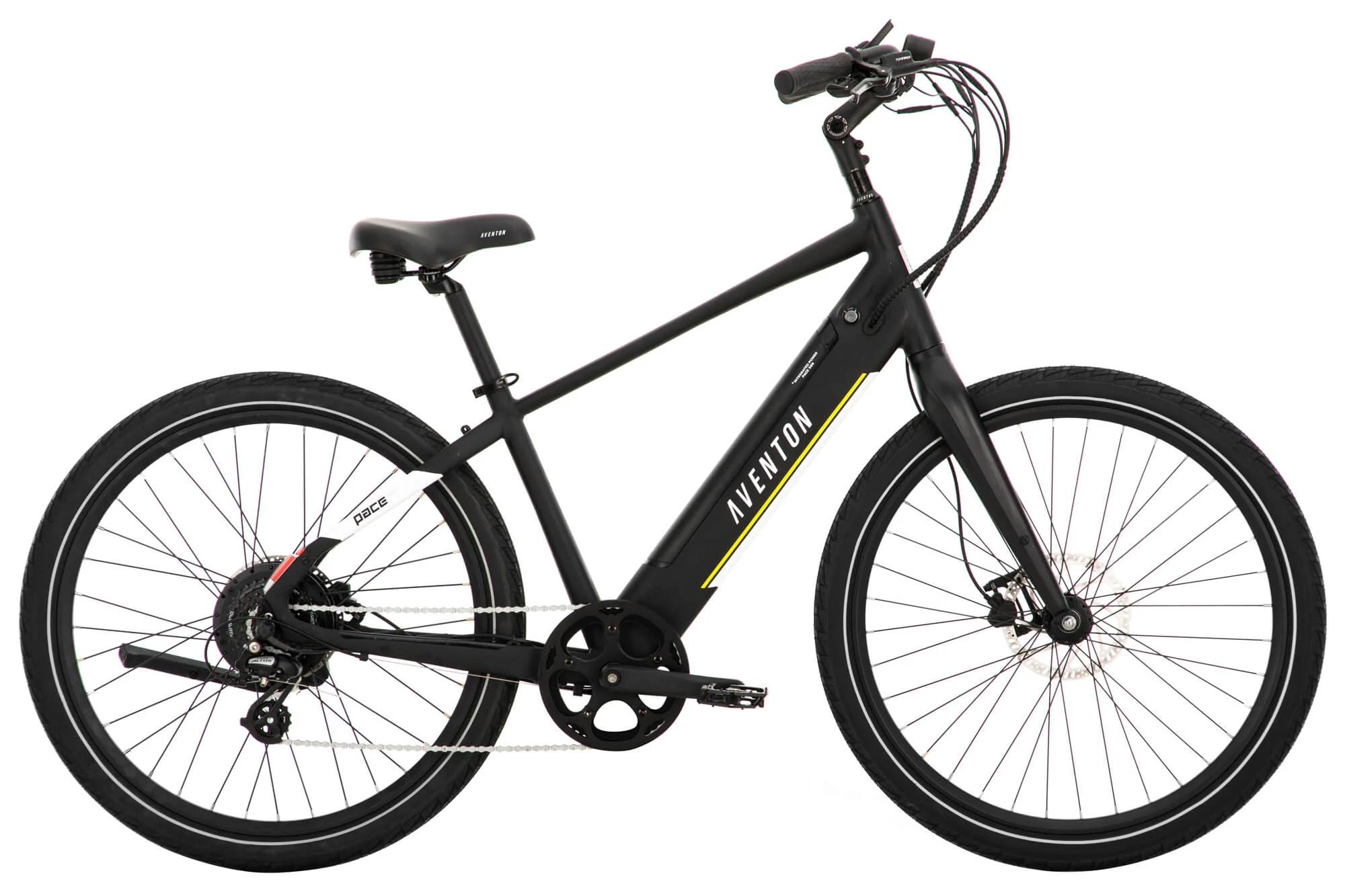
Price: $1,895
Why it’s great: Designed with comfort and simplicity in mind, the Pace 500.3 comes with a torque sensor, making the pedal assist feel more natural—perfect for those transitioning from traditional bikes. It also includes integrated lights, turn signals, and an upright riding position.
3. Ride1Up 700 Series
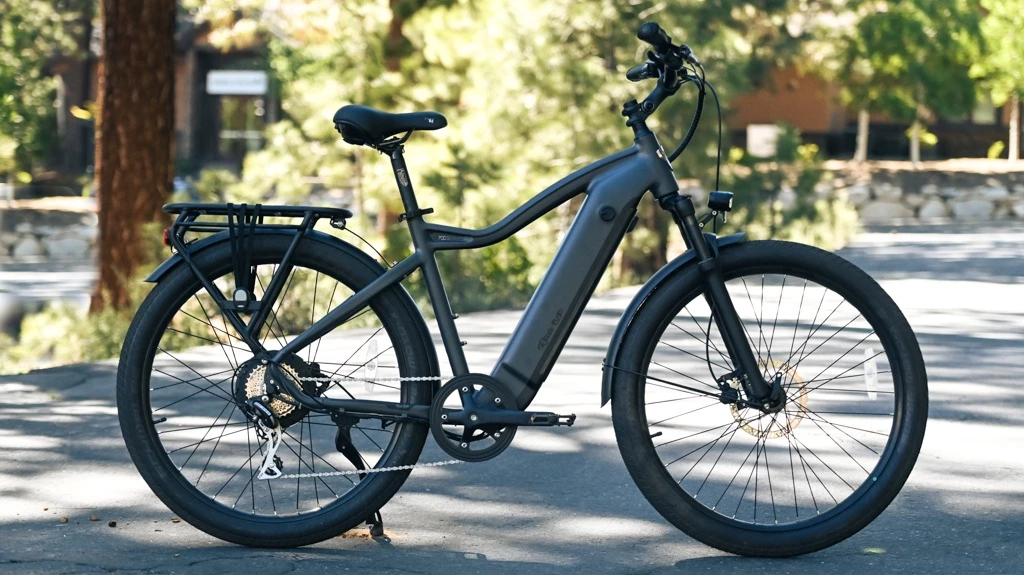
Price: $1,695
Why it’s great: A commuter favorite, this model has a powerful motor, long range (up to 60 miles), and hydraulic disc brakes—all at an entry-level price. It rides like a premium bike, without the premium cost, making it a strong value pick.
4. Co-op Cycles CTY e2.1 (by REI)
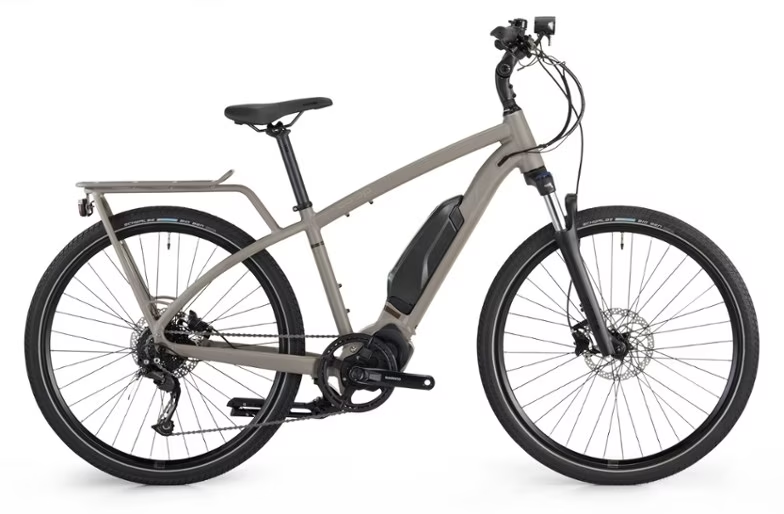
Price: $1,799
Why it’s great: Built by REI’s in-house brand, this hybrid e-bike offers a perfect mix of practicality and reliability. It’s ideal for short city commutes or leisurely weekend rides. Plus, REI’s customer support and maintenance options are a big plus for beginners.
5. Lectric XP 3.0
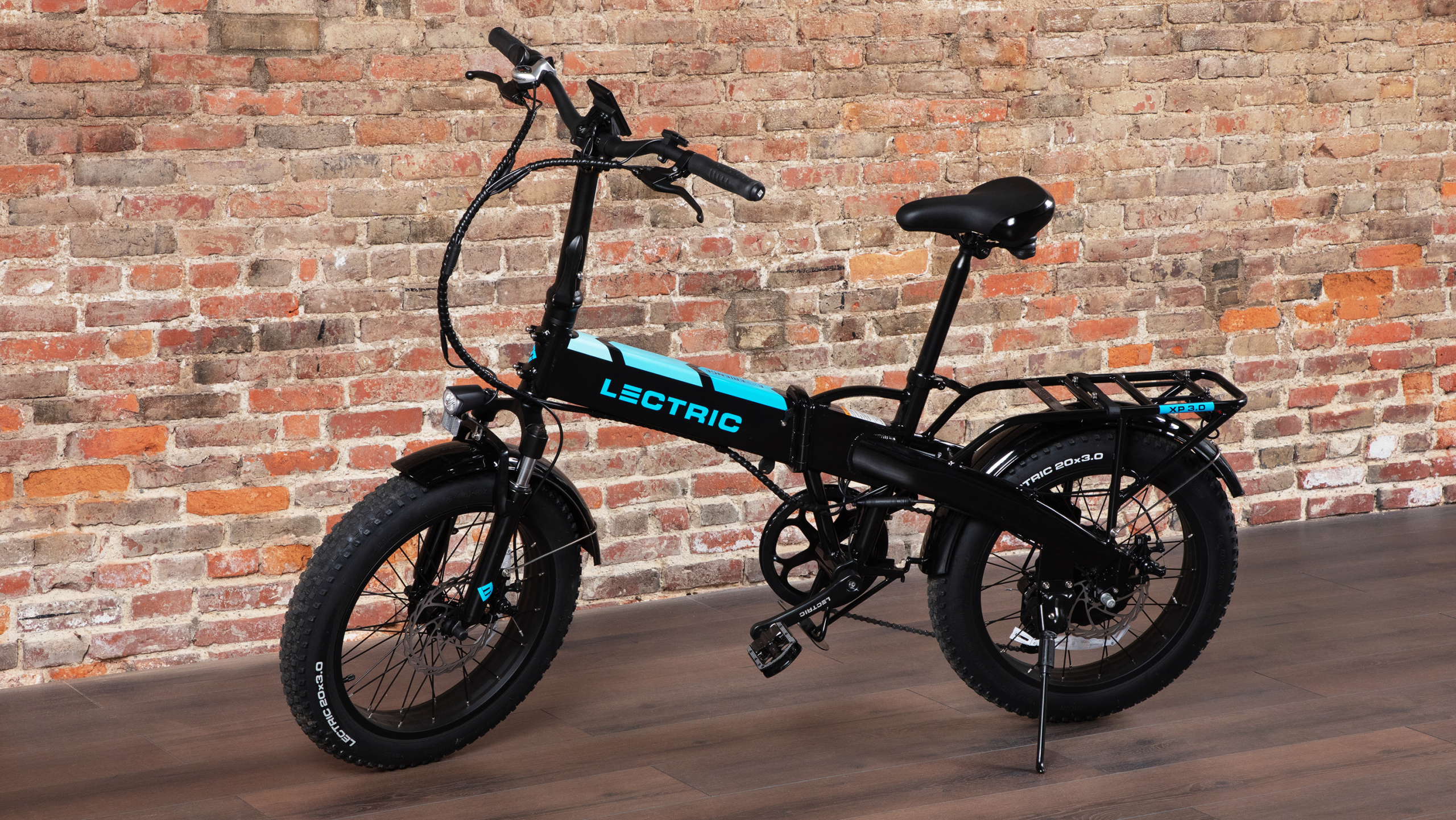
Price: $1,099
Why it’s great: This is one of the most budget-friendly e-bikes that doesn’t compromise on core features. It’s foldable, comes fully assembled, and has both pedal assist and throttle control. Great for those who want to test out e-biking without a big investment.
Tips for First-Time Buyers:
-
Check local laws: Some U.S. cities have speed or wattage limits on e-bikes, especially for Class 3 models.
-
Try before you buy: Many retailers and bike shops offer test rides. If you’re unsure, start with a rental service.
-
Look for rebates: As of 2025, states like Colorado, California, and New York offer rebates of up to $1,500 for qualifying e-bike purchases.
-
Prioritize comfort: Beginners often benefit most from step-thru frames, upright handlebars, and cushioned saddles.
Looking Forward: Integrated Mobility Ecosystems
The future of urban mobility in the U.S. is not about replacing the car entirely but integrating it within a broader ecosystem. The rise of Mobility-as-a-Service (MaaS) platforms that combine public transit, ride-sharing, and micro-mobility is accelerating. Companies like Uber, Lyft, and Google are testing citywide transit apps that allow users to plan, pay, and switch between travel modes seamlessly.
Consumers increasingly value flexibility over ownership. And in cities where space is scarce, e-bikes and scooters aren’t just an alternative—they’re a superior solution for daily life.
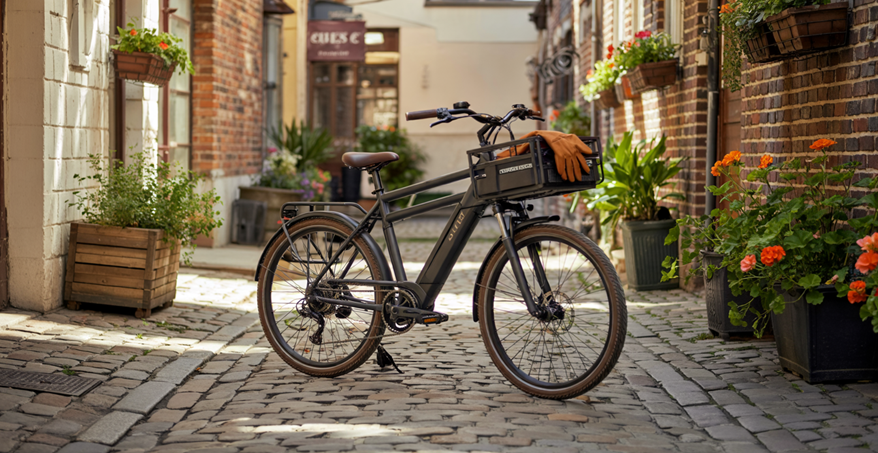


Awesome https://is.gd/tpjNyL
Awesome https://is.gd/tpjNyL
Very good https://shorturl.at/2breu